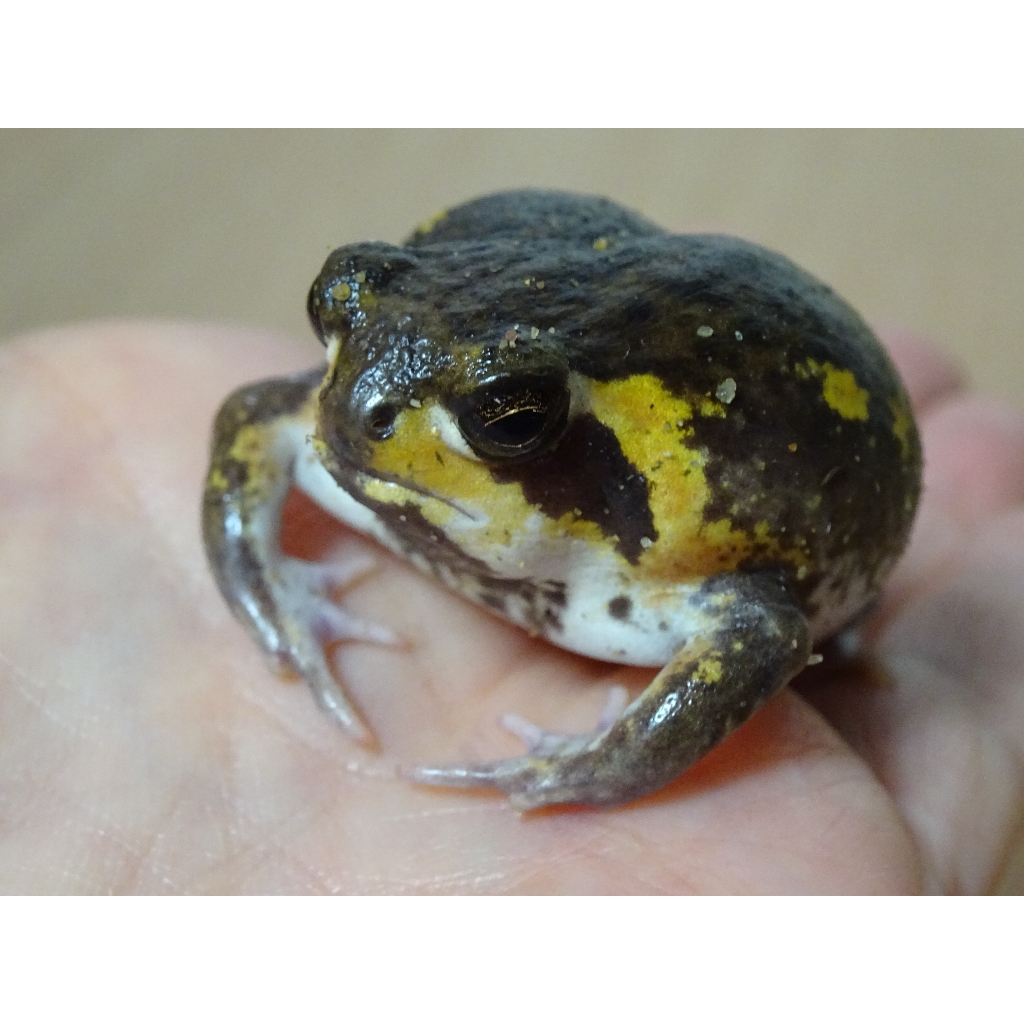Discover Your Perfect Rain Frog for Sale: Dive into the Globe of Exotic Amphibians!
Discover Your Perfect Rain Frog for Sale: Dive into the Globe of Exotic Amphibians!
Blog Article
The Finest Reptile Enclosures: How to Create the Ideal Habitat
Creating the perfect habitat for reptiles is not almost putting them in a storage tank or room; it entails a thoughtful consideration of numerous factors that add to their general wellness. From the size of the unit to the kind of substratum used, every aspect plays an important role in providing an atmosphere where your reptile can prosper. By recognizing the details requirements of your reptile varieties and implementing the best habitat setup, you can guarantee their health and wellness and happiness in bondage.
Selecting the Right Unit Dimension
When picking an enclosure dimension for reptiles, it is necessary to consider their all-natural behaviors and space needs to ensure their health and health. When it comes to environment space, various reptile types have varying needs. Arboreal species like chameleons or tree serpents need upright area for climbing and perching, while terrestrial types such as bearded dragons or leopard geckos need more flooring area for checking out and thermoregulation. Marine turtles like red-eared sliders necessitate units with both water and acreage for swimming and basking.
A general rule of thumb is to offer adequate room for the reptile to show natural actions, such as basking, hiding, climbing up, and foraging. By carefully thinking about the certain needs of the reptile types in inquiry, proprietors can create an appropriate and enhancing habitat that advertises general wellness and urges all-natural behaviors.
Establishing Up Appropriate Burner
To make sure the well-being and health and wellness of reptiles in their rooms, it is necessary to carefully establish appropriate heating aspects. Reptiles are ectothermic creatures, implying they depend on external warmth sources to manage their body temperature. When establishing burner in a reptile enclosure, it is important to consider the certain temperature level needs of the varieties you are taking care of. Various reptiles have varying temperature level needs based on their all-natural environment, so it is important to study and understand these requirements.
One efficient and common burner for reptile rooms is a heat lamp or ceramic warmth emitter. These warmth sources can be made use of to develop a temperature level slope within the unit, permitting reptiles to move between warmer and cooler areas as needed. Furthermore, under-tank heating pads or warm floor coverings can be made use of to offer belly warm, which is especially beneficial for reptiles that require added warmth to assist in digestion.
Checking the temperature within the enclosure utilizing a thermometer is important to ensure that the burner are keeping the ideal temperature level array for your reptile. On a regular basis examine and change the burner as needed to produce a comfy and healthy atmosphere for your scaly buddy.
Picking Appropriate Lights Components

Offering the Ideal Substratum
Selecting the ideal substratum is vital for developing a comfortable and appropriate atmosphere for reptiles in their enclosures. The substrate offers numerous functions, including offering a foundation for all-natural behaviors like delving, assisting in preserving ideal humidity levels, and offering a comfortable surface best site for the reptile to rest upon - rain frog for sale. When selecting a substrate for your reptile room, it is crucial to think about the species-specific requirements of your animal. Some reptiles, such as desert-dwelling types like bearded dragons, grow on substrates like calcium sand or reptile rug, while others, like round pythons, choose coconut husk or aspen bedding to preserve moisture levels.
In addition, the size of the reptile ought to additionally influence your option of substratum, as hatchlings might need a better material to avoid consumption. Avoid substrates that can trigger impaction, such as loose substratums like sand or crushed rock, specifically for reptiles known to ingest their bed linen. Regularly cleansing and changing the substrate is important to ensure a hygienic and clean environment for your reptile. By picking the excellent substrate, you can add to the overall health and wellness and health of your scaly buddy.
Designing for Enrichment and Comfort
Thinking about the substrate's duty in providing a foundation for natural habits and preserving an appropriate setting, enhancing the reptile unit with correct designs is essential for both enrichment and comfort. Decors such as branches, rocks, hideouts, and man-made plants not just develop a more aesthetically enticing habitat yet likewise serve practical objectives. Branches provide climbing up possibilities for arboreal species, while rocks can function as basking areas for heat. Hideouts supply shelter and protection, decreasing anxiety levels for the reptile. Synthetic plants not only boost the aesthetic appeals yet additionally offer hiding places and enrichment by enabling the reptile to interact and explore with its environment. When enhancing the enclosure, it is important to consider the reptile's species-specific demands and habits to develop an area that promotes physical and mental health. By integrating a range of decors that resemble the reptile's all-natural habitat, proprietors can ensure their animal's comfort and stimulate their natural instincts, inevitably resulting in a better and much healthier reptile.
Final Thought

Creating the ideal environment for reptiles is not just concerning positioning them in a storage tank or enclosure; it entails a thoughtful factor to consider of different variables that contribute to their general health.Picking the suitable substratum is essential for developing a comfy and suitable environment for reptiles in their rooms. Some reptiles, such as desert-dwelling types like bearded dragons, thrive on substrates like calcium sand or reptile carpeting, while others, like sphere pythons, like coconut husk or aspen bedding to maintain moisture degrees.
By including a range of designs that resemble the reptile's natural habitat, owners can guarantee their pet's convenience and promote their natural reactions, eventually leading to a happier and healthier reptile.
In conclusion, developing the optimal habitat for reptiles involves choosing the suitable unit size, heating components, lighting fixtures, substrate, and designs.
Report this page